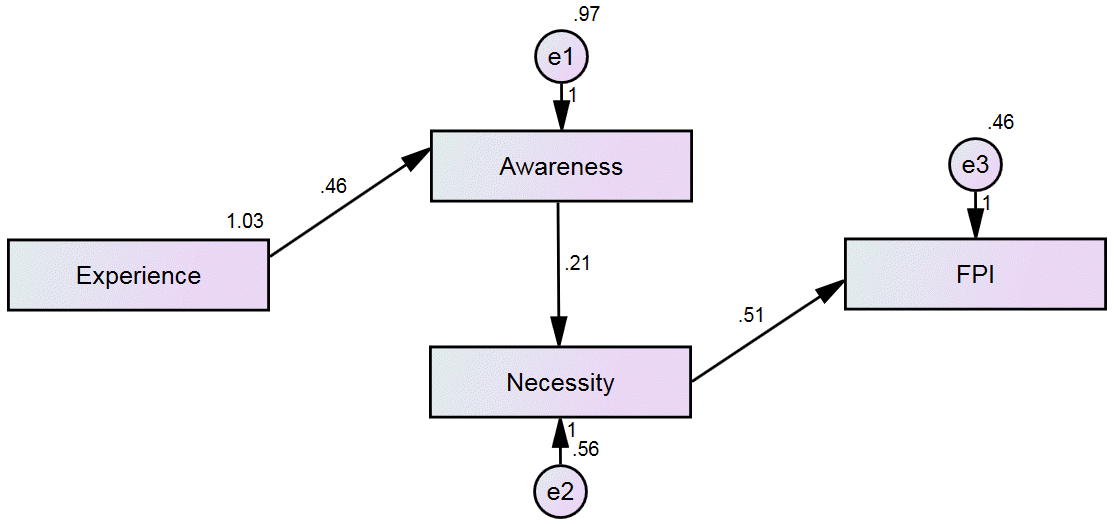Ballantyne, R, J Packer, K Hughes. Environmental awareness, interests and motives of botanic gardens visitors: implications for interpretive practice. Tour. Manag. 2008. 29(3):439-444.

Cho, KJ A study of visitor characteristics for development of interpretative program for the park: Case study of Woraksan national park. J. Korean Inst. For. Recreat. 2007. 11(2):1-9.
Cho, KJ A study of visitor characteristics for development of forest interpretative program for the Bakun-san recreation forest: Case study of Baekunsan national park. J. Kor. Inst. For. Recreation. 2012. 16(1):93-101.
Connell, J, D Meyer. Modelling the visitor experience in the gardens of Great Britain. Curr. Issues Tour. 2004. 7(3):183-216.

Edwards, RY Park interpretation. Park News. 1965. 1(1):11-16.
Eom, SK Study on appraisal of urban open space based on usability: With emphasis new metropolitan towns. PhD Diss. 2008. University of Seoul, Seoul, Korea.
Ha, SY, IH Kim. Job analysis of the forest interpreters based on the DACUM method. Environ. Educ. 2006. 19(3):57-66.
Heo, H, I Kim, EJ Jo, KY Huh, J Park. Analysis on residents recognition and preference for planning a natural recreation forest near city: Focused on planning Mt. Wora natural recreation forest in Jinju city. J. Korean Soc. People Plants Environ. 2016. 19(6):639-647.

Jeoun, BG, HG Jung, JG Jang, JH Lee. Study on characteristics and job satisfaction of forest interpreters in Daegu and Gyeongbuk Regions. J. Korean Inst. For. Recreat. 2014. 18(3):11-19.

Juvenville, A, BW Twight, RH Becker. Outdoor recreation management: theory and application 1987. Venture Publishing, Inc. Pennsylvania, USA:
Kim, CW, HJ Yoon, TS Lee. A study on the activation of national recreation forest: using importanceperformance analysis. Tour. Stud. 2007. 21(4):101-119.
Kim, I, HC Heo, KY Huh. Evaluating user's behavior and satisfaction on pop-jet fountain of Namgaram park in Jinju. J. Korean Soc. People Plants Environ. 2009. 12(3):53-67.
Kim, JM, KY Huh. Structure model analysis on visitors satisfaction of sightseeing in Mt Keumwon arboretum. J. Korean Soc. People Plants Environ. 2016. 19(3):261-268.

Kim, KS Amos 18.0 Structural equation model analysis 2010. (1st ed.). Hannarae Publishing Co. Seoul, Korea:
Ko, DH, WS Shin. Forest interpreter's satisfaction and needs of job competency education. J. Korean Inst. For. Recreat. 2011. 15(3):61-70.

Korea Forest Service, Statistical yearbook of forestry 2015 2015. 45(VII):(pp. 363 p.
Lee, JL, SY Kim. A study on patterns in use of visitors to recreational forests near cities and their awareness of recreation culture in forest. J. Korean Inst. For. Recreat. 2001. 5(3):19-26.
Park, MS, KW An, KS Jeon, JM Park. The current usage of recreation forests under the western national forest office. J. Korean Inst. For. Recreat. 2002. 6(3):87-94.
Park, SH, IY Jang. The effect of the forest interpreters'volunteering motivation and contents on voluntary activity satisfaction. J. Korean Inst. For. Recreat. 2016. 20(1):57-67.

Xu, F, D Fox. Modelling attitudes to nature, tourism and sustainable development in national parks: a survey of visitors in China and the UK. Tour. Manag. 2014. 45:42-158.










